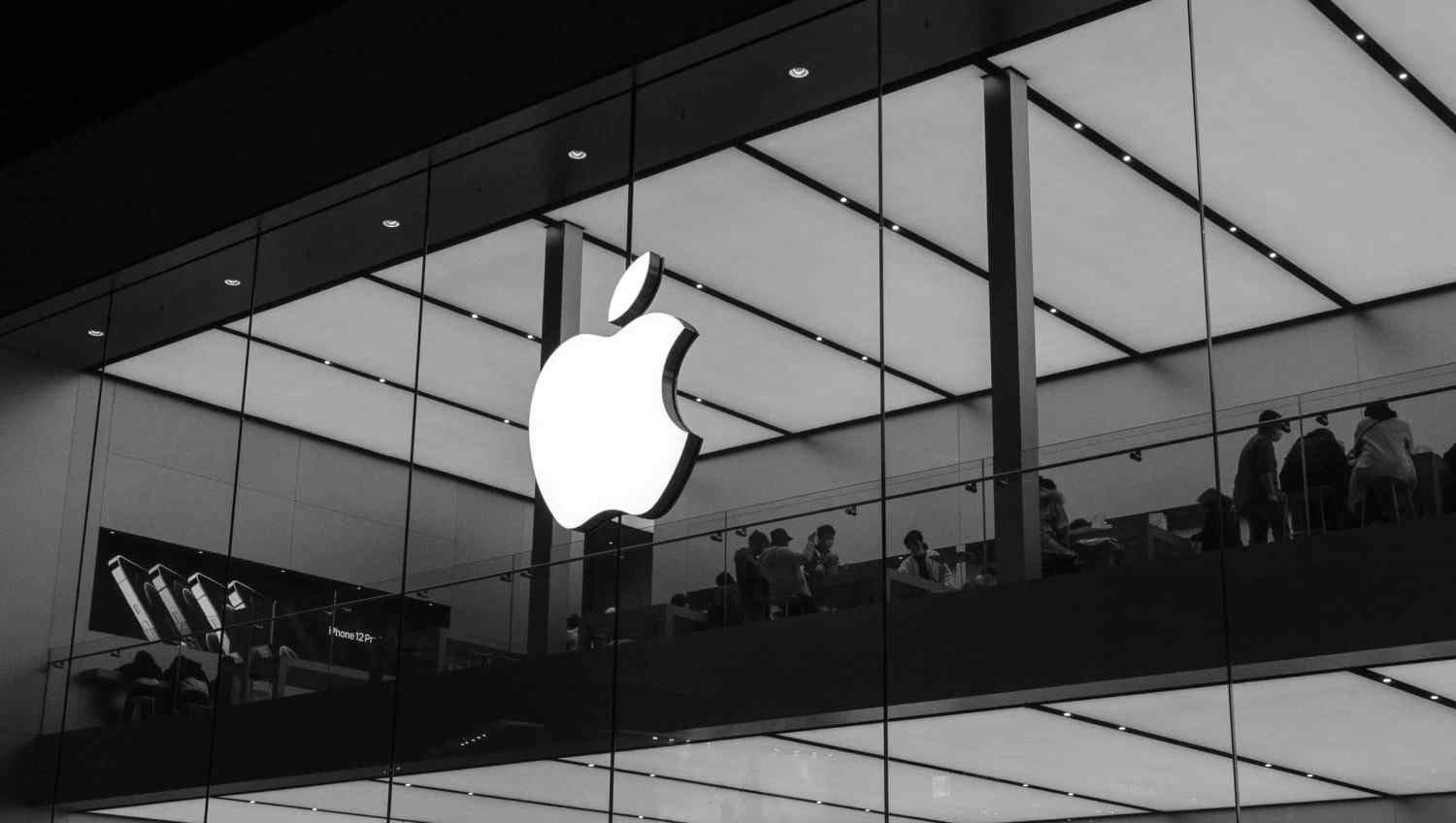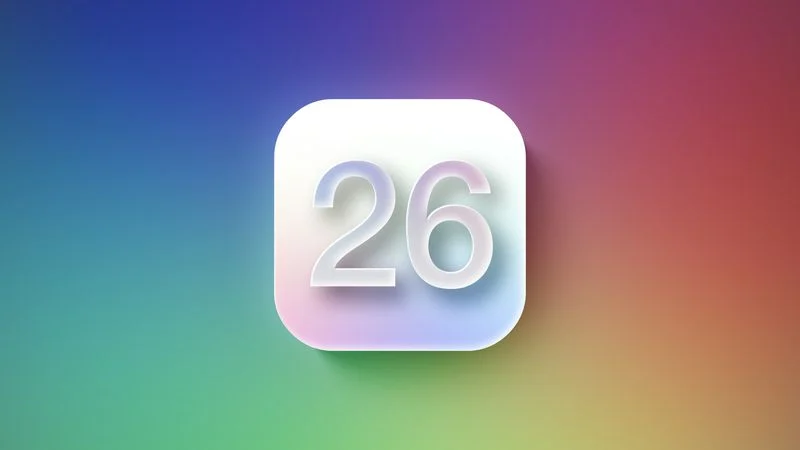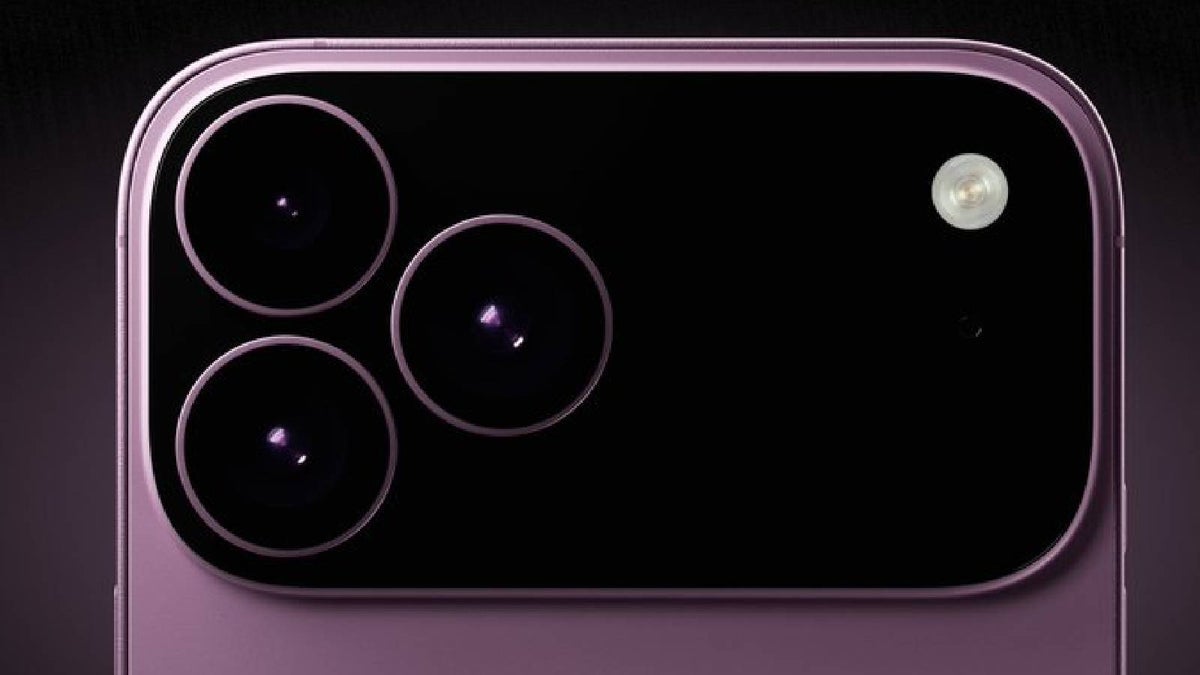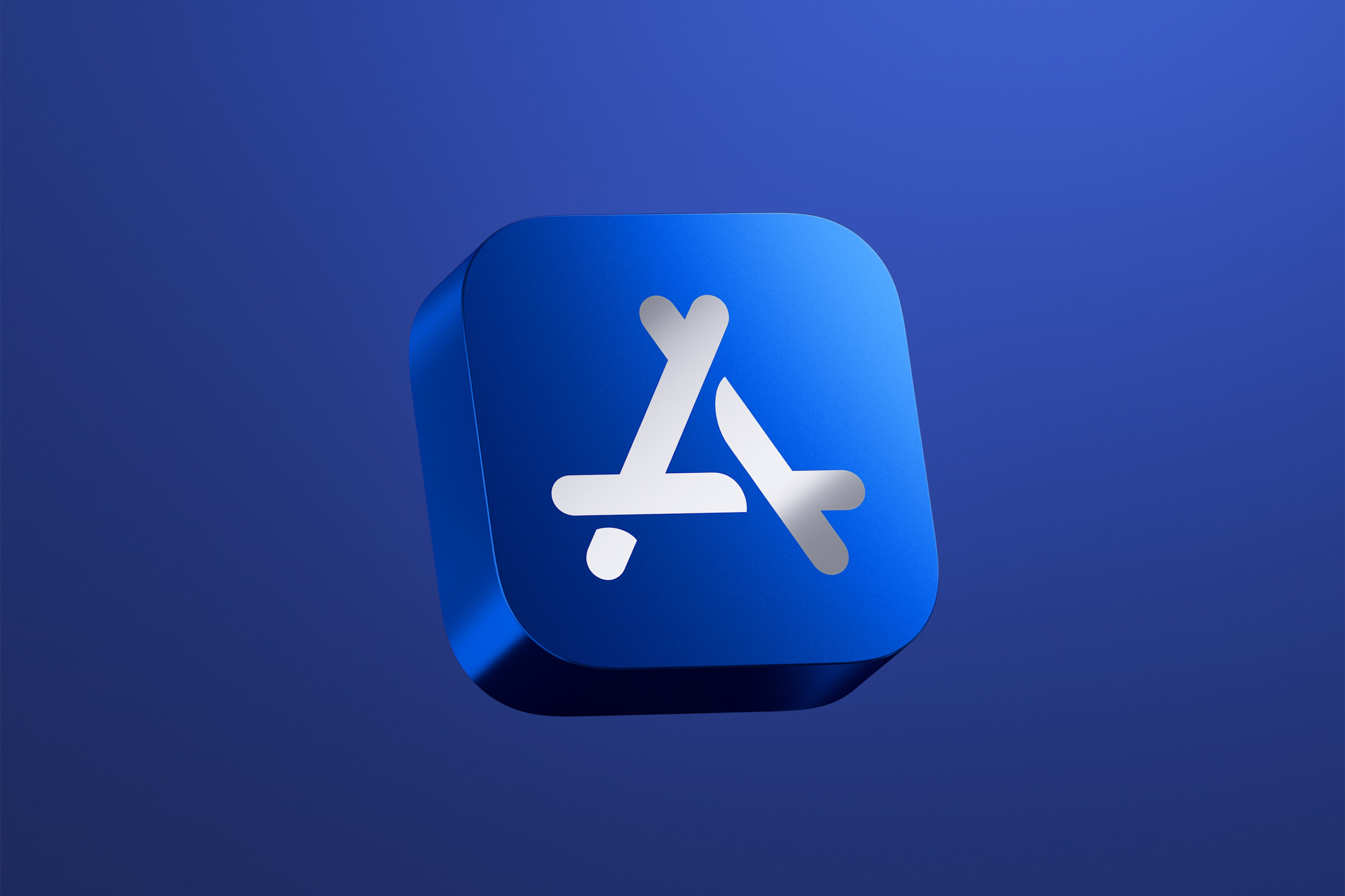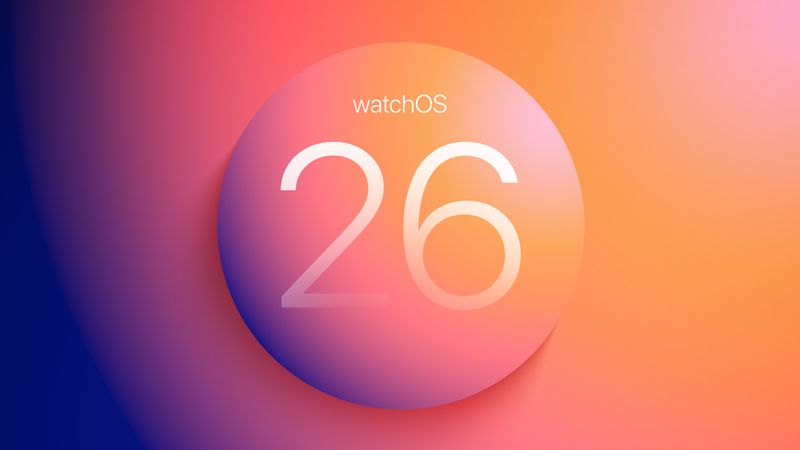Apple is developing seven new head-mounted devices, split into two groups: the Vision series and smart glasses, with the first launching in 2025, according to analyst Ming-Chi Kuo. These devices aim to lead the next big trend in consumer tech.
The updated Vision Pro, powered by an M5 chip, is set to start production in Q3 2025. It will keep the same specs as the current model, with Apple expecting to ship 150,000 to 200,000 units by year-end. A more affordable version, called Vision Air, is planned for production in Q3 2027.
It will be 40% lighter than the original Vision Pro, using plastic and magnesium alloy instead of glass and titanium. It will run on a top-tier iPhone processor and have fewer sensors to cut costs. Apple is also working on smart glasses, with four models in development.
Two are scheduled for production in 2027, and two more in 2028, though details are still unclear. One display-focused product is expected in 2028 or 2029, but its timeline remains uncertain. Kuo notes that Apple sees head-mounted devices as the future of consumer electronics, driving innovation in how we interact with technology.
While the M5 Vision Pro is the only confirmed release for 2025, the roadmap shows Apple’s big push into this space, aiming to blend style, function, and affordability in the coming years.
